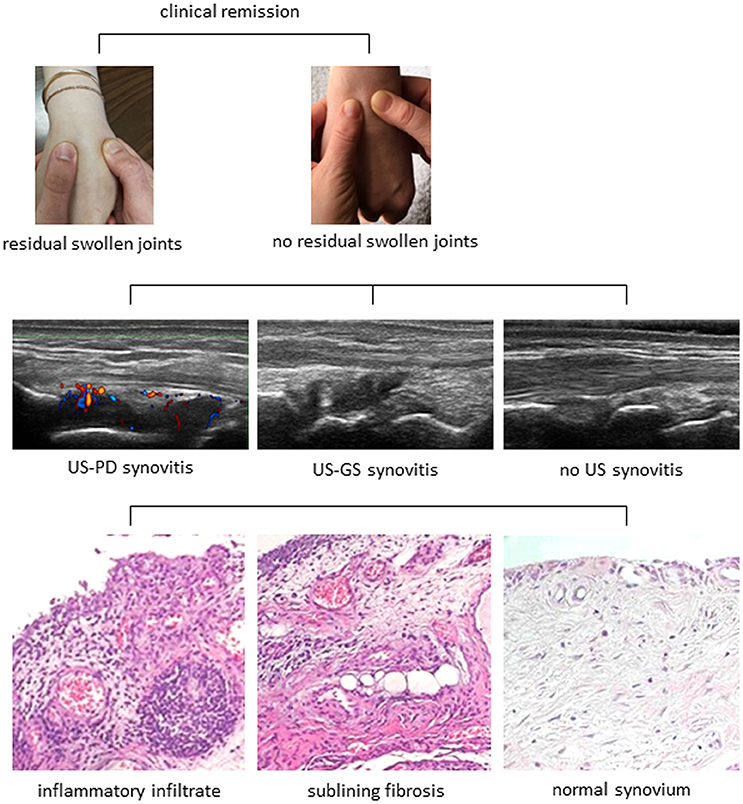Clinical, Imaging, and Pathological Suppression of Synovitis in Rheumatoid Arthritis: Is the Disease Curable?

The guiding mantra in RA management, which is being extrapolated to other rheumatic diseases, is “Treat-to-(Remission)-Target”. But what is the appropriate remission goal that is “good enough”, without incurring additional and unnecessary treatment risks and costs? Clinical, Radiological or Histological Remission?
Functional disability prevails despite rheumatoid arthritis treatment
“Early and aggressive treatment regimens aimed at tight inflammation control can help prevent the disabling effects of high disease activity and joint damage, thereby lowering functional disability,” — fact or wishful thinking? The jury is still out.
Functional restitution is a far more difficult goal to achieve than clinical remission. The hypothesis that early aggressive treat-to-remission and sustained with tight control can arrest functional deterioration remains to be proven in a clinical trial.
In this retrospective study, RA patients effectively age faster in terms of functional disability. Predictive factors are:
1) female
2) older age
3) smokers
4) steroid and anti-depressants usage
5) RF/ACPA positive.
Another even more elusive goal in RA treatment is restoration of muscular mass, strength and performance to what it was prior to disease onset. An earlier study suggested that, even with full clinical remission and restoration of function of activities of daily living, the muscular components were not restored to previous peak performance. This impacts sports participation, work performance, and ultimately, quality of life.
Obviously, treatment modalities beyond immunomodulation and inflammation suppression is needed to address muscular loss. This is where rehabilitation therapy like resistance training and neuromuscular electrical stimulation come in.
